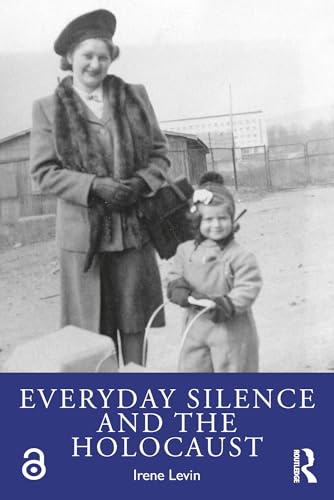
Violence as a Generative Force
by Max Bergholz
"Identity, Nationalism, and Memory in a Balkan Community"
Popularity
4.29 / 5
* A book's popularity is determined by how it compares to all other books on this website.
Where to buy?
Buy from Amazon* If you buy this book through the link above, we may receive a small commission at no extra cost to you.
Violence as a Generative Force by Max Bergholz
Details
War:
World War II
Perspective:
Researcher
True Story:
Yes
Biography:
No
Region:
Europe
Page Count:
462
Published Date:
2016
ISBN13:
9781501706431
Description
Main Themes and Topics
In Violence as a Generative Force, Max Bergholz delves into the complex dynamics of intercommunal violence and its impact on identity and nationalism. The book provides an in-depth microhistorical analysis of the 1941 massacre in Kulen Vakuf, a small community located on the border between Bosnia and Croatia. This gruesome event serves as a case study to explore the broader phenomena of how violence can act as a catalyst for redefining community identities and power structures. Bergholz challenges the conventional notion that nationalism leads to violence, proposing instead that violence itself can generate new forms of nationalism and alter ethnic perceptions. His research uncovers how a peaceful multiethnic community could abruptly transform into a battleground of extreme violence, reshaping the lives and identities of its people.
Writing Style and Tone
Bergholz employs a scholarly yet accessible writing style, blending rigorous historical research with vivid narrative storytelling. The book is meticulously detailed, drawing on primary sources and eyewitness accounts to reconstruct the events and their aftermath. Despite the heavy content, Bergholz maintains a balanced tone, allowing readers to engage with the material critically without sensationalizing the violence. His analytical approach provides clarity and insight, making the complex subject matter comprehensible to both academics and general readers interested in the topics of history, violence, and ethnic relations.
Awards and Recognition
Violence as a Generative Force has received significant recognition in the academic community. It was awarded the prestigious Herbert Baxter Adams Prize from the American Historical Association, acknowledging its contribution to the field of European history and its innovative approach to understanding the relationship between violence and nationalism. The book's impact extends beyond its accolades, prompting discussions and further research into the dynamics of local violence and its broader implications.
Criticism
While Violence as a Generative Force has been widely praised for its depth and originality, some critics suggest that its microhistorical focus may limit its applicability to other contexts. A few readers have noted that the intense focus on a single incident might not entirely account for the varied and complex nature of ethnic conflicts elsewhere. Nevertheless, such critiques acknowledge the book's valuable contribution to understanding the specific case of Kulen Vakuf and its implications for similar scenarios.
Brief Summary
The book provides a detailed account of how an ordinary community in Kulen Vakuf descended into a horrific episode of violence during September 1941. Over two days, nearly two thousand individuals were brutally murdered by their neighbors, in acts that shocked the community and altered its trajectory forever. Through comprehensive research, Bergholz reveals how these events forged new ethnic identities and community dynamics, fundamentally transforming local perceptions and relationships. The narrative challenges preconceived notions of nationalism and violence, offering fresh insights into the generative power of violence in reshaping societal constructs.









